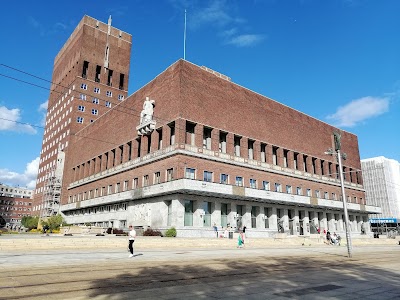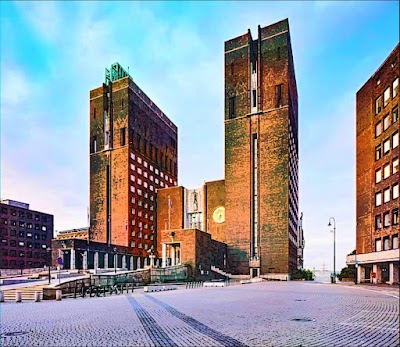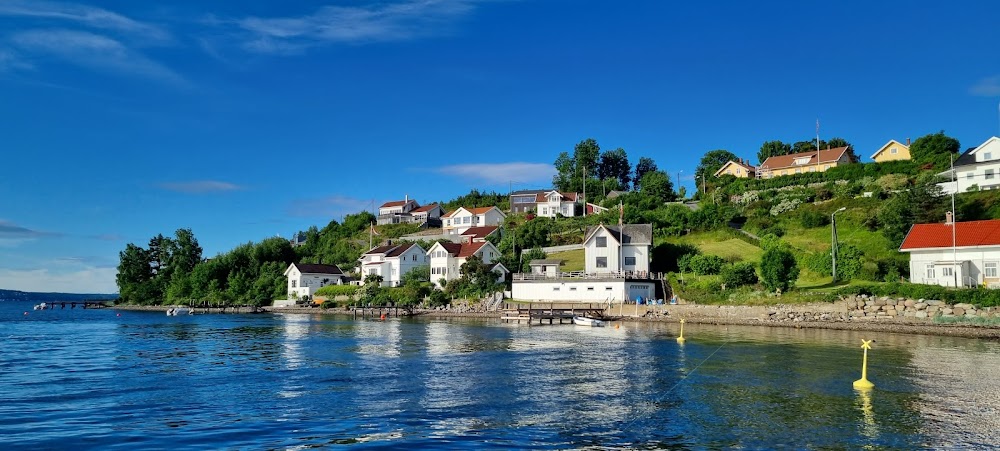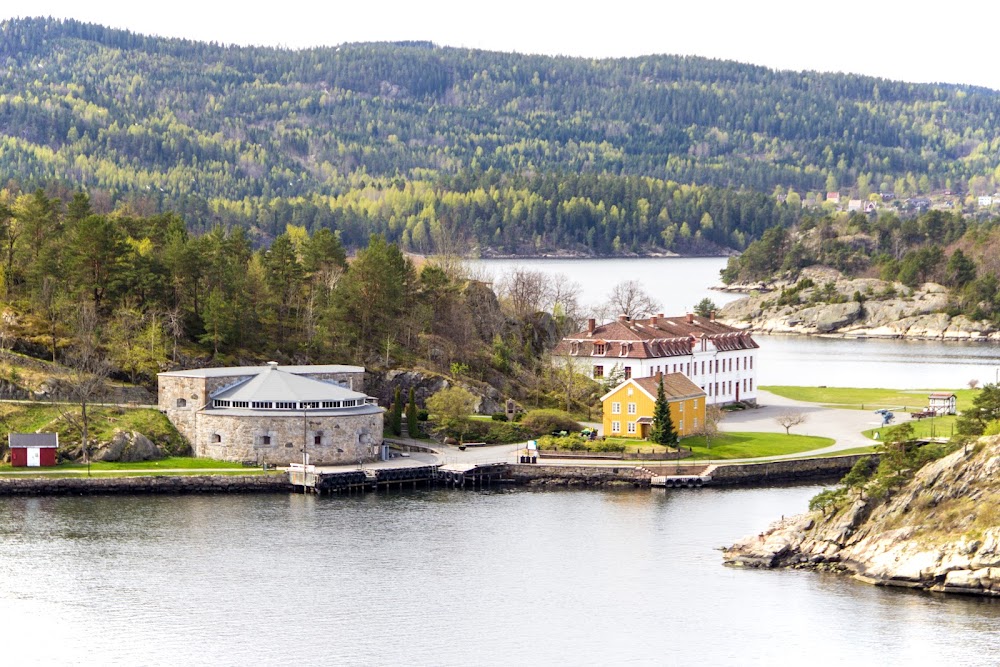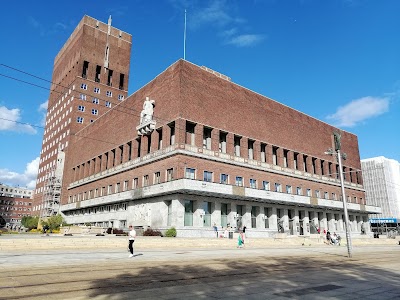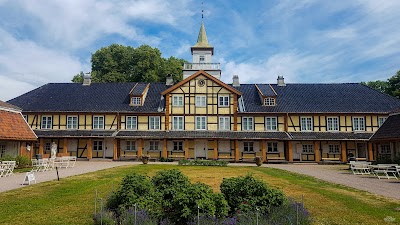Rådhuset i Oslo (Oslo rådhus)
Related Places
Overview
Oslo City Hall: A Cultural Landmark
Rådhuset i Oslo, or Oslo City Hall, stands as one of the most iconic landmarks in Norway's capital, making it an essential stop for any traveler exploring the city. Nestled in Viken, this monumental building is not only a visual spectacle but also a beacon of historical and cultural significance.
Architectural Journey
Construction of Oslo City Hall commenced in 1931, although plans faced delays due to World War II, leading to its official completion and inauguration in 1950. The visionary architects Arnstein Arneberg and Magnus Poulsson crafted a structure that harmoniously blends functionalism with traditional Norwegian architectural elements. The result is a striking brick edifice adorned with twin towers and intricate artworks, encapsulating Norway's national identity.
Stunning Exterior Features
As visitors approach Oslo City Hall, they are greeted by its stunning exterior, characterized by two distinctive towers that rise majestically against the backdrop of the Oslo Fjord. The eastern tower, taller than its western counterpart, houses a charming carillon that fills the air with melodious chimes. The building's facades are meticulously decorated with carved wooden reliefs and frescoes by Norwegian artists, depicting scenes from Norse mythology and significant moments in Norwegian history.
The Majestic Main Hall
Upon entering, guests are immediately captivated by the vast, marble-clad Main Hall (Rådhushallen), the venue for various civic events and celebrations. This grand space is particularly renowned for hosting the Nobel Peace Prize ceremony every December 10th, marking its place on the international stage. The walls of the Main Hall are adorned with vibrant murals that narrate the stories of Norway’s cultural, political, and working life, created by celebrated Norwegian artists like Henrik Sørensen and Alf Rolfsen.
Artistic Gems and Functionality
The allure of Oslo City Hall extends beyond the Main Hall. As you venture further, you’ll discover a series of beautifully appointed banquet halls, reception rooms, and galleries, each showcasing stunning artworks and exquisite craftsmanship. The Banquet Hall (Munch Room) features masterpieces by the renowned artist Edvard Munch, including his iconic ceiling painting "Life." The Council Chamber, where the Oslo City Council convenes, is adorned with modernist artworks, providing insight into the city's governance.
Architectural Intricacies
For architecture enthusiasts, the inner details of the building offer a treasure trove of inspiration. The use of local materials, such as Norwegian marble, and the intricate woodwork reflect a significant aspect of Scandinavian design, blending modernist principles with rich cultural aesthetics. The precision of the brickwork, along with the careful planning that went into the vaulted ceilings and arches, showcases the finest of Norwegian craftsmanship.
Exhibitions and Cultural Insights
Oslo City Hall also serves as a venue for exhibitions held in the City Hall Gallery, providing visitors with valuable insights into the city's development. These exhibitions cover a range of topics, from urban planning and architecture to the social and cultural history of Oslo, transforming the City Hall into a living museum that educates and inspires both locals and visitors alike.
Exploring the Surroundings
A visit to Oslo City Hall is easily complemented by its picturesque surroundings. Located near the harbor, visitors can enjoy scenic views and easy access to nearby attractions, such as the historic Akershus Fortress and the lively Aker Brygge district, filled with shops, restaurants, and cafes. A leisurely stroll along the waterfront allows you to soak in the fresh air and beautiful sights of the Oslo Fjord, or perhaps take a ferry ride to explore one of the nearby islands.
A Symbol of Resilience and Peace
In conclusion, Oslo City Hall is a remarkable reflection of Norway’s history, culture, and artistry. It stands as a testament to the nation's resilience and commitment to peace and democracy. Every corner of this architectural marvel tells a story, from its construction amid challenging times to its current role as a symbol of celebration and civic pride. Whether you are an art lover, a history buff, or simply a curious traveler, a visit to Rådhuset i Oslo promises a rich and rewarding experience. Be sure to include it in your itinerary and delve into the heart of Oslo’s civic and cultural heritage.


